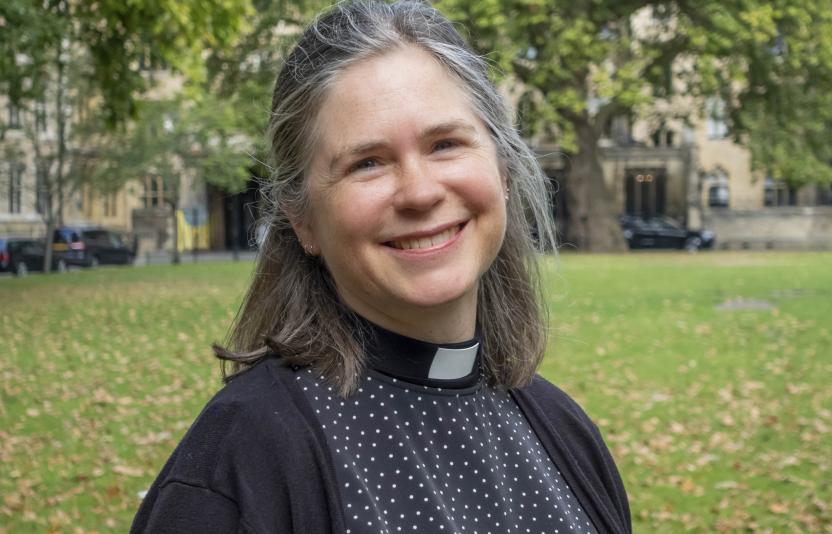
News article


Friends of the Diocese
21st October at Southwark Cathedral

Environment
Two chaplaincies share ideas for taking action in caring for creation.
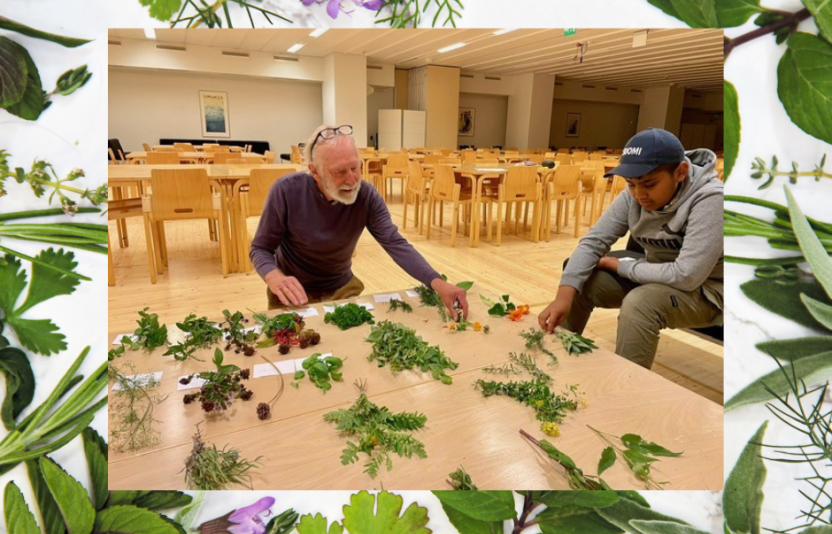
Environment
How St Nicholas' in Helsinki used herbs to inspire discussion on the environment, history, medicine and crafts!
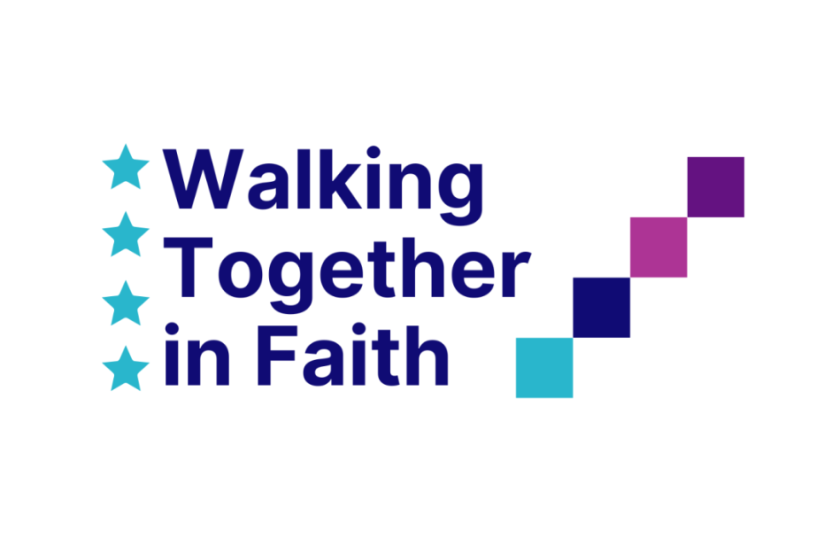
Ministry
Over 50 people gathered together last night to celebrate those who have completed the Walking Together in Faith course.

Environment
Bishop Robert speaks about this season of Creationtide and how we can hope and act with creation with our young people.

Mission
As the Olympic Games bring many thousands of people to France, our chaplaincies get involved to support those visiting and competing
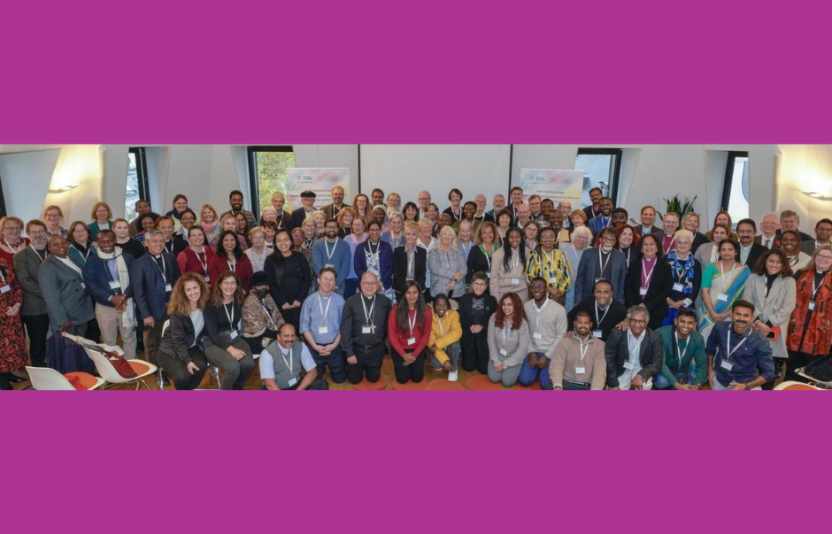
Social action
Exciting news about the 2024 Racial Justice conference, 'ALL of us or NONE of us'
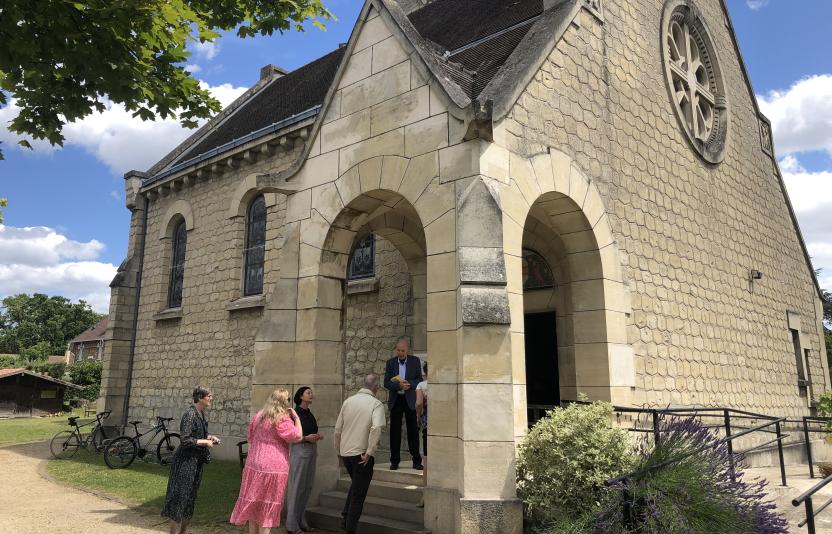
Ministry
Reverend Charlotte Sullivan leads a service at Trinity Church in Maisons-Laffitte, Paris

Friends of the Diocese
The Summer newsletter of the Friends of the Diocese